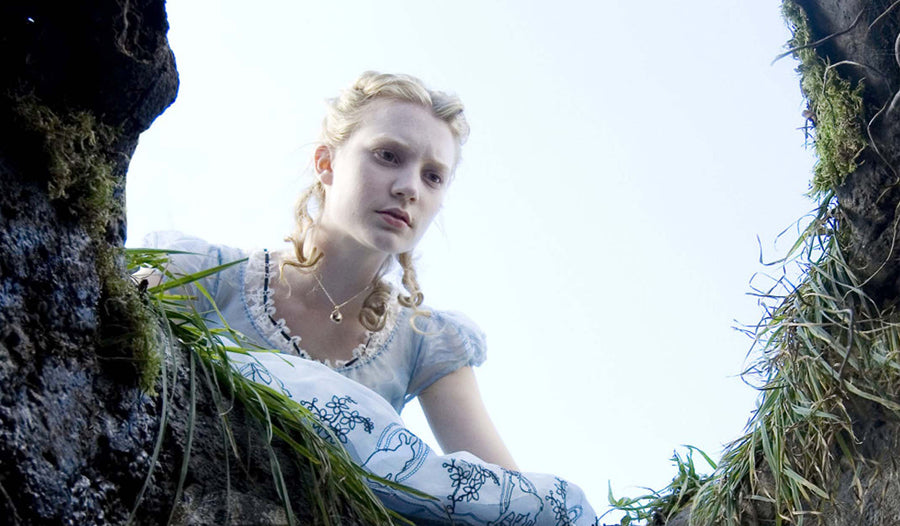
BOOK SMART

There is nothing arbitrary about fashion; it is designed to be conspicuous.
Writers understand this well, and what their characters wear is an essential part of the story. From class distinctions to moral values, observing a character’s clothing gives the reader a key to their interior landscape, for what the author clothes them in–and how the character feels about that clothing–is an expression of ideals and individuality.

When, in Pride & Prejudice, Jane Austen allows Elizabeth Bennet to roam free and unchaperoned, her unconcern for her muddy petticoats highlights her independent spirit. While, in EM Delafield’s The Diary of a Provincial Lady, an invitation anywhere sends our heroine into agonies of indecision about which of her unsatisfactory dresses–the Blue, the Check, or the Tussore–would be the least bad choice. Many fictional outfits have passed into the collective cultural consciousness, and certain fictional characters are indelibly linked to their sartorial choices. Alice in Wonderland is instantly recognisable in her blue dress and white pinafore, an outfit of such influence that it is the subject of a new exhibition at the V&A.
In certain books, especially those by female authors written during the 1930s-1950s, characters were created to mirror the reader. The authors encouraged their readers to identify with the characters in a variety of ways, of which dress was no means the least. And while being realistic enough to identify with, dress and fashion also embody the aspiration and hope of transformation that most of us feel in the shop changing rooms when trying on something just a little too expensive.
 Image: Alice: Curious and Curiouser exhibition at the V&A.
Image: Alice: Curious and Curiouser exhibition at the V&A.
Mrs Harris Goes to Paris by Paul Gallico (originally published in 1958 as Flowers for Mrs Harris) is a heart-warming novel about one London charwoman’s desire for the seemingly unattainable: a couture gown from the House of Dior in Paris. After scrimping and saving for two years, Mrs Harris at last has the means to travel to Paris and purchase her long-desired dress. As soon as she lays eyes on it, she knows which gown must be hers: “Temptation’ was a black velvet gown, floor length, encrusted half-way from the bottom up with a unique design picked out in beads of jet that gave to the skirt weight and movement. The top was a froth of cream, delicate pink and white chiffon, tulle and lace…’ The story of how Mrs Harris crosses the barriers of class, geography and language to accomplish her dream makes Gallico’s book a charming read, and in the end Mrs Harris returns to London, not only with a dress, but with an adventure to tell and a lesson learned on the kindness, compassion and understanding of ordinary people.
--
Excerpt from the article Book Smart: Writing About Clothes, written by Miranda Mills for Issue 103 Showstopper.
Find out how to read the rest of the article here:

